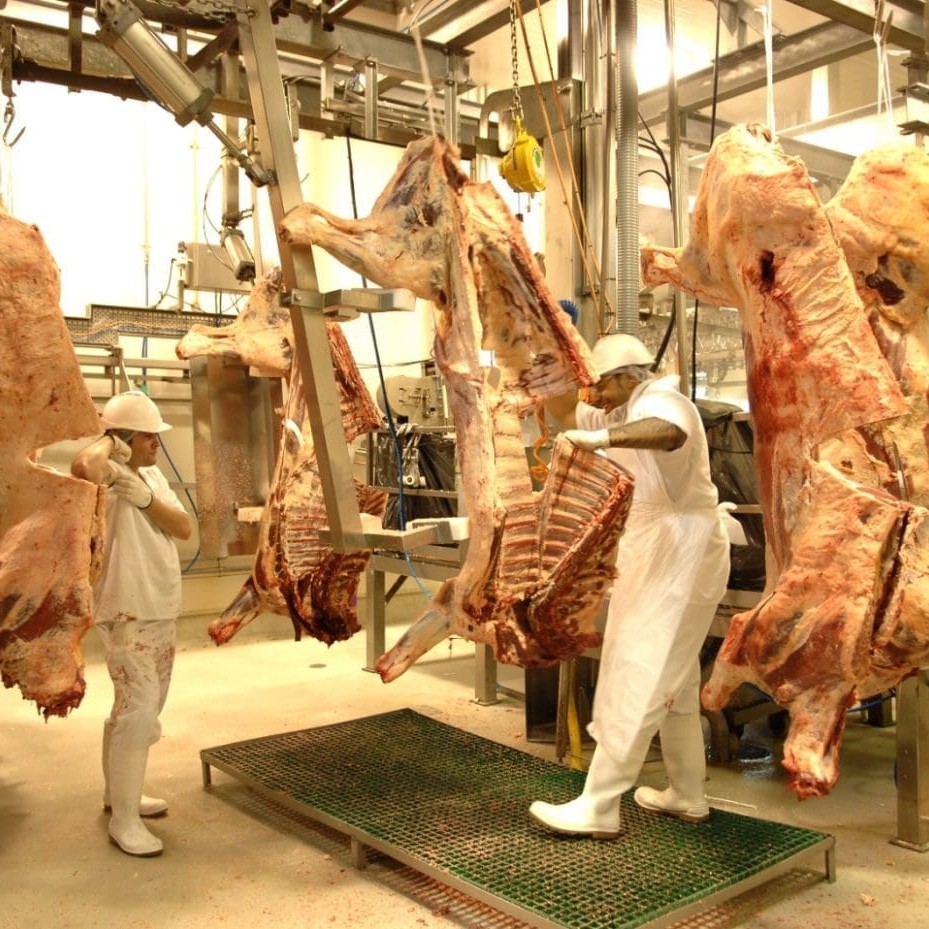 A six percent rise in processing throughput in Queensland last week was largely offset by weather-driven declines in southern states, this week’s Eastern States slaughter report shows.
A six percent rise in processing throughput in Queensland last week was largely offset by weather-driven declines in southern states, this week’s Eastern States slaughter report shows.
The NLRS report issued this morning shows a total adult kill of 132,501 head for the seven-day cycle ended Friday, a 2.2 percent lift on the previous week, but still some distance from full kills of closer to 150,000 head.
State-by-state, there were mixed outcomes, due mostly to the impact of rain and localised supply disruptions.
Queensland's kill tally last week showed a big 6pc improvement, lifting to 68794 head. While that’s the biggest weekly kill year-to-date, it was still 11pc below the corresponding week last year.
Barring any further rain disruptions, expect to see further rises in Queensland kills this week or next, as late-starting plants like Borthwicks Mackay came back on-stream on Monday after a three-week closure. Some Queensland processors have cattle bought earlier ready to move when conditions allow.
One supply setback is likely to be the rail-line to Winton, knocked-out in the recent floods, which is expected to remain closed until at least July due to repairs, Queensland Rail says.
NSW kills were back 3pc to 30,958 head last week, again back 16pc on the particularly large kills being seen this time last year. Rain in large areas of NSW and Victoria yesterday and today, and more on the way, could put some of this week’s processing activity in jeopardy, southern processors say.
Victoria’s kill at 20,366 was off 2pc on a week earlier due to rain; South Australia (8049 head) was also down 1pc; while Tasmania recorded a 4pc improvement to 4334 head.
Some southern processors reported cattle starting to pull-up, quality wise, given where the season is up to.
Grid prices steady to softer
While Southern Queensland’s major processor grids for grassfed cattle have changed little over the last seven days, there has been some movement in quotes, mostly down 5c, on grainfed, EU and MSA categories since Friday. In an unusual move, in some cases, processors are not quoting this week on grainfed at all, or offering no better than grassfed money.
That’s not likely to worry producers too much, however, as there appears to be very few uncommitted 100-day cattle currently on feedlot programs.
Typical grid prices quoted yesterday were 335c/kg for four-tooth grassfed export steer, 340c for 0-2 teeth. Grainfed steers +320kg were quoted by one processor at 345c, with 350c the top of the grid for the lighter descriptions. Similarly, EU steer is back 5c to 345c on most grids.
With the flow of slaughter cattle likely to increase further in coming weeks, attention remains focussed firmly on the A$ currency value (today sitting at US107.75c) and export customer demand.
Concerns continue to mount that as weekly kills rise, the lack of strength in export demand (with the exception of grinding beef exports into the US, will see more diversion start to occur onto the domestic market.
Based on current market influences and likely cattle flow patterns, expect to see further declines in meatworks grid prices in coming weeks as kills climb – unless there is some dramatic turnaround in North Asian demand, a substantial correction in currency value, or both.
-
The NLRS Eastern States Young Cattle Indicator closed yesterday at 382.5c/kg, down 7.5c on a week earlier. The heavy steer indicator (182.9c) was +1c on last week, while medium cows (142.5c) were also +1c.
